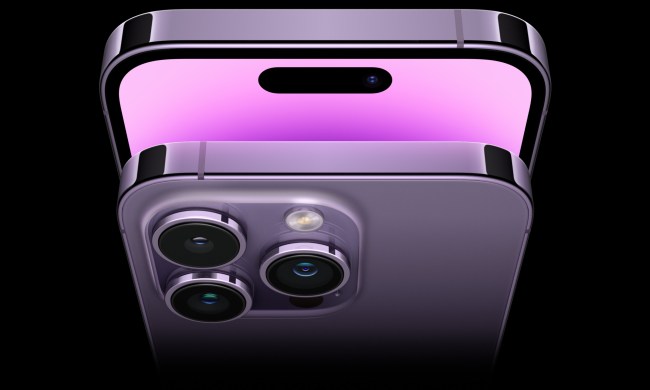
Art is subjective. What one considers to be creative talent isn’t necessarily shared by others. That’s the brouhaha that’s happening in Houston concerning smartphone photography, according to a report by digital style publication, CultureMap. The Houston Center for Photography (HCP) has started offering a “controversial” course in iPhone photography dubbed “iPhoneography.”
With more and more people using their smartphones for photography, why would such a course cause a stir? Photography purists claim that in order to embrace photography as art, you need to understand all the finer details of operating a camera. Many beginners and casual snap shooters, however, don’t care to learn about aperture, shutter speed, metering, white balance, etc. Once the purview of craftsmen like Ansel Adams, technological advances and increasingly affordable cameras have opened up the form to nearly everyone.
But CultureMap reports that “it was during a trip to Tivoli, Italy, five years ago when Theresa Escobedo, fulltime lead workshop instructor at the HCP, began testing the waters with her mobile phone.” Fast forward to today and “she is set to lead a free ‘iPhoneography’ class as part of The Museum Experience on (Saturday, January 26) and a more in-depth, three-part course beginning on Jan. 30.”
Critics of the class claim that “images crafted using digital tools” are not art, while supporters claim that “it isn’t the tools that create the art, but it’s the message that’s important.”
Are photos created and manipulated with digital tools considered ‘art?’ Look at it this way: Ansel Adams, considered one of the greatest photographers of the 20th century, made extensive use of the darkroom to tweak his images. We recently profiled Travis Jensen, a street photographer who has embraced the iPhone and published books of his digital work. Are these any different from using an app or Photoshop to post-process a photo? Have large quantities of low quality images made photography disposable? Is there still art to be found in an iPhone photo? Or are critics crying over nothing?
(Images via Theresa Escobedo/CultureMap)


